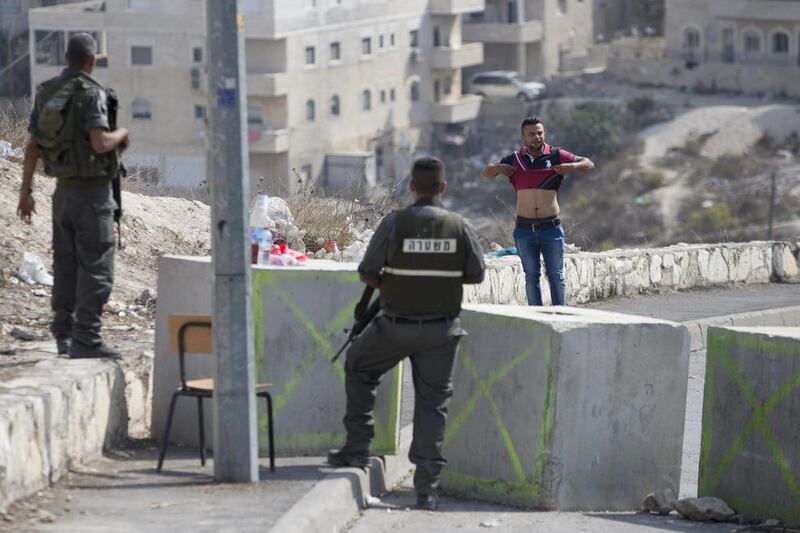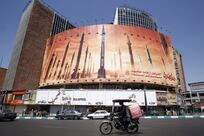For 48 years, Israel has occupied the Palestinian West Bank and dominated the Gaza Strip. All air, land and sea crossings are controlled by Tel Aviv. The Palestinian residents of the West Bank are controlled by the Israeli military and have no civil rights. Their movement is monitored, their ability to work is regulated and their attempts to forge a livelihood are all controlled by Israel. As The National reported yesterday, Palestinian officials said that Israel has set up 29 roadblocks and internal checkpoints in the past week that are preventing Palestinians from accessing local hospitals. This system of control is one of the most violent and constant aspects of the Israeli-Palestinian conflict.
Over the past five years, however, the occupation has become invisible for many Israelis. Palestinians are confined behind tall walls that bisect the West Bank. Palestinian labourers, who used to flood into Israel every day for work, have been replaced by south Asian migrant workers. The persistent brutality of the occupation remains a feature of Palestinian daily life but for mainstream Israeli society, the violence is hard to see.
Israeli prime minister Benjamin Netanyahu has repeatedly responded to the recent escalation in violence by absolving his country of responsibility. After UN chief Ban Ki-moon warned Israel on Tuesday against misusing force against the Palestinians, Mr Netanyahu said that Israel is “not using excessive force”. The disconnection between the violence and the occupation in the Israeli mindset is hard to ignore.
Many Israelis believe that the current violence is not connected to its continuing control over Palestinians. They believe they are being attacked simply for being Israelis or some long-standing hatred of them. As such, responding to the violence with more West Bank checkpoints, East Jerusalem roadblocks and other ways of collective punishment doesn’t appear excessive to them.
The most regular demonstration of violence in the course of the Israeli-Palestinian conflict continues to be the military occupation of the West Bank. It has been the biggest state project in the country’s history and its maintenance remains a national priority.
While Israelis and their leadership like to think that the occupation is cost-free or even invisible, Palestinians living under military rule can never escape its violence. This is not to absolve the Palestinians of their responsibility to refrain from attacking Israeli civilians. On the contrary, Palestinians must embrace non-violence as a tool that highlights Israel’s violent occupation.





